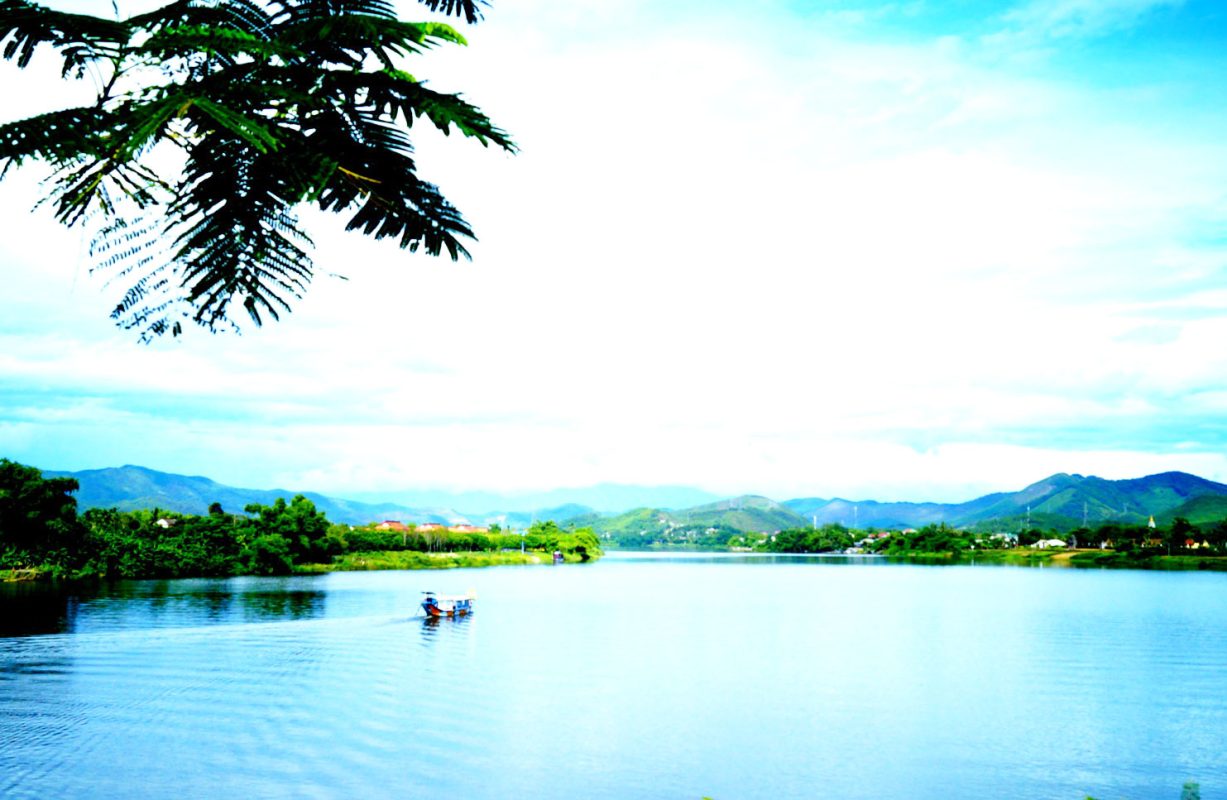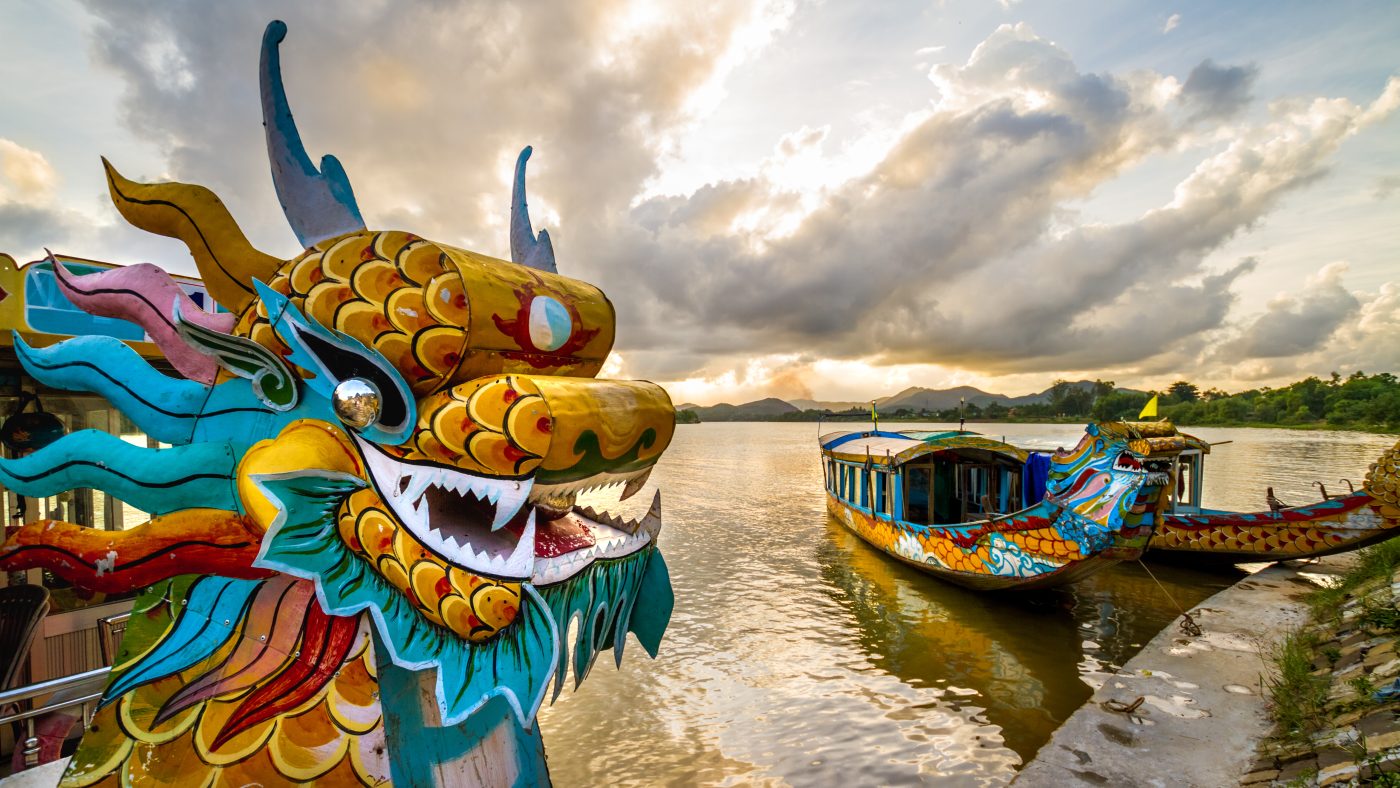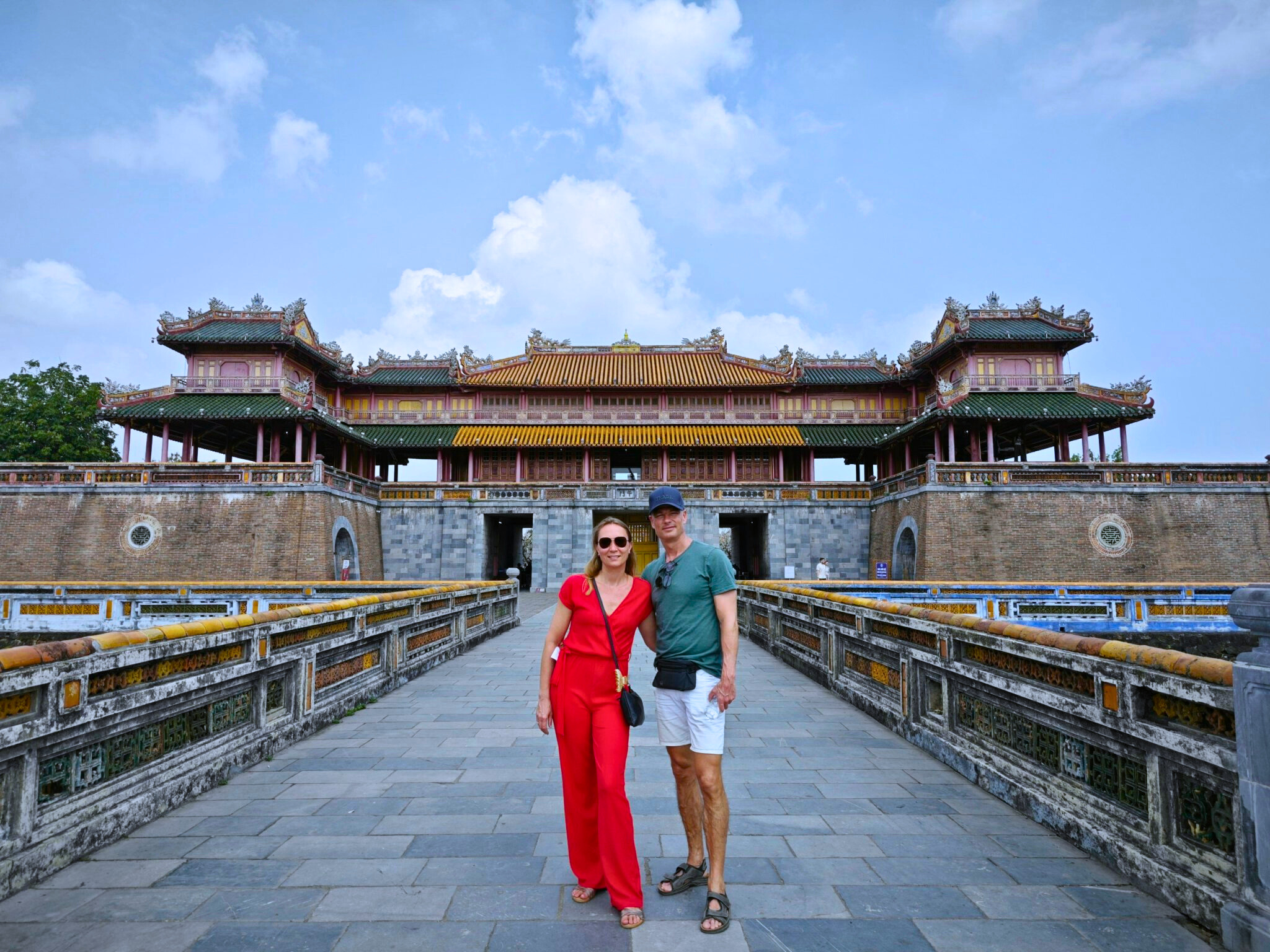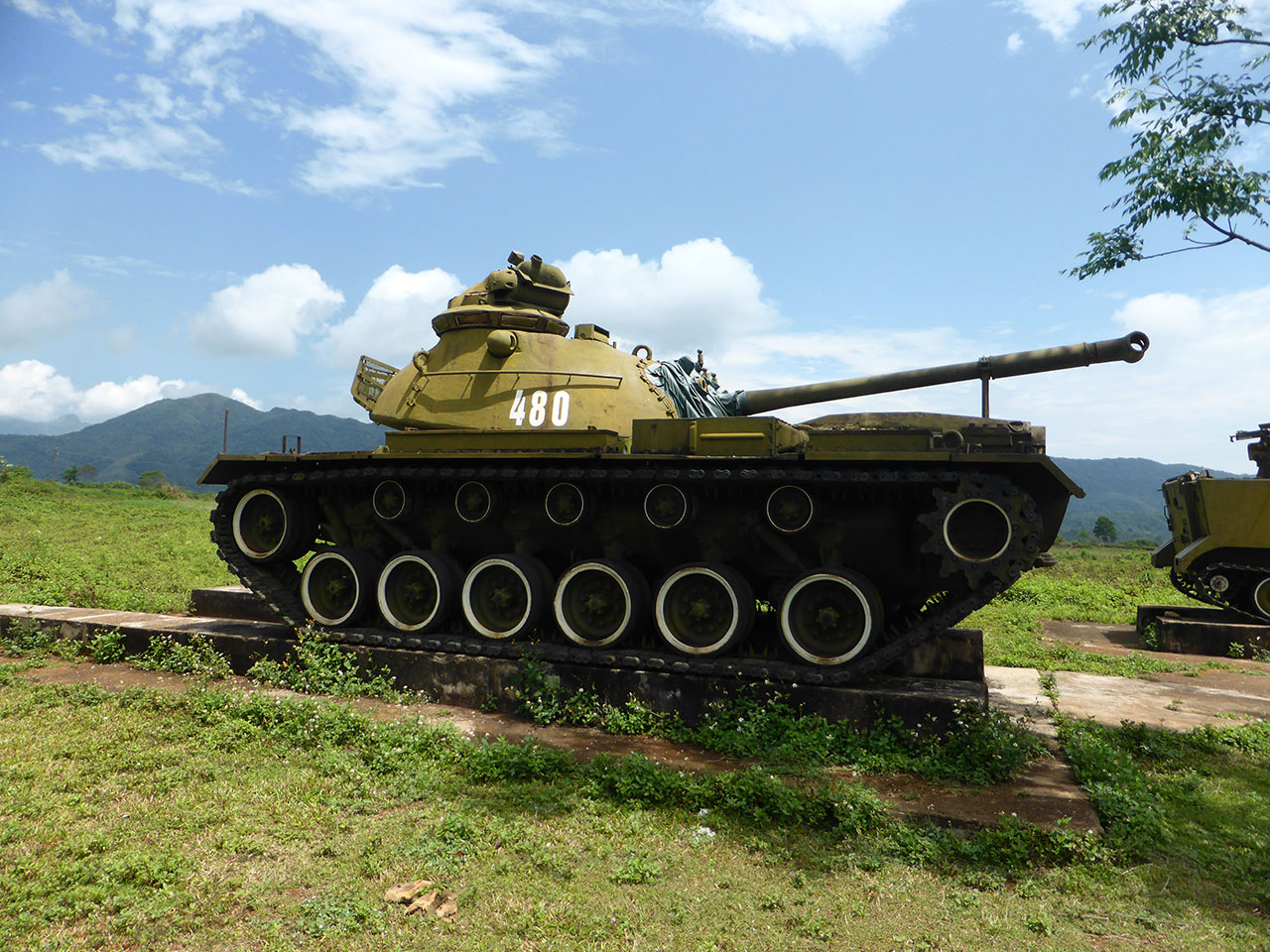Perfume River Hue
The Perfume River Hue (Sông Hương) flows gracefully through Vietnam’s ancient imperial capital, creating one of Southeast Asia’s most enchanting waterways. This 80-kilometer river has shaped Hue’s culture, history, and daily life for centuries, earning its poetic name from the fragrant flowers that fall into its waters each autumn.
What Makes the Perfume River Special?
Unlike other Vietnamese rivers, the Perfume River combines natural beauty with profound historical significance. The river originates from the Truong Son Mountain Range, specifically from two sources: the Ta Trach and Huu Trach tributaries, which merge at Bang Lang fork to form the main river.

What sets this river apart? Three key factors make it unique:
- Historical importance: The river served as the lifeline of the Nguyen Dynasty (1802-1945)
- Cultural significance: Home to seven UNESCO-recognized monuments along its banks
- Natural phenomenon: The distinctive floral fragrance that gives the river its name
The Origin of the Name “Perfume River”
Many visitors wonder: Why is it called the Perfume River? The answer lies in a beautiful natural phenomenon. During autumn months (September to November), flowers from upstream orchards and wildflowers fall into the water. As they float downstream, these blossoms release their fragrance, creating a subtle perfume that wafts across the water.
“The Perfume River is not just a waterway; it’s the soul of Hue, carrying centuries of imperial dreams and poetry in its gentle current.” – Lonely Planet Vietnam Guide
Key Attractions Along the Perfume River
1. Thien Mu Pagoda
Standing majestically on Ha Khe Hill, Thien Mu Pagoda is Hue’s oldest and most iconic religious site. Built in 1601, this seven-story octagonal tower offers panoramic views of the river. The pagoda is easily accessible by dragon boat tours from Hue city center.

2. Imperial Tombs
The Perfume River serves as the final resting place for several Nguyen emperors. These elaborate tomb complexes showcase Vietnamese architecture at its finest:
| Tomb Name | Emperor | Built | Unique Features |
|---|---|---|---|
| Minh Mang Tomb | Minh Mang | 1840-1843 | Perfect symmetry, 40 structures |
| Tu Duc Tomb | Tu Duc | 1864-1867 | Lotus pond, poetry pavilion |
| Khai Dinh Tomb | Khai Dinh | 1920-1931 | Fusion of Eastern and Western styles |
3. Trang Tien Bridge
This historic bridge, designed by Gustave Eiffel (yes, the same architect who created the Eiffel Tower), connects Hue’s north and south banks. Originally built in 1899, it has survived wars and floods to remain a symbol of the city’s resilience.
Best Ways to Experience the Perfume River
Dragon Boat Cruises
The most popular way to explore the Perfume River Hue is aboard a traditional dragon boat. These ornately decorated vessels offer several cruise options:
- Morning cruises (8:00 AM – 12:00 PM): Best for photography and visiting pagodas
- Sunset cruises (4:00 PM – 6:00 PM): Ideal for romantic experiences
- Dinner cruises (6:00 PM – 9:00 PM): Feature royal court music performances
Cycling Along the Riverbanks
For active travelers, cycling the Perfume River banks offers intimate encounters with local life. The 10-kilometer riverside path from Phu Xuan Bridge to Thien Mu Pagoda passes through:
- Traditional villages where incense-making is still practiced
- Ancient banyan trees providing natural shade
- Local markets selling fresh river fish and vegetables
- Hidden temples known only to residents
When to Visit the Perfume River
Timing your visit can significantly impact your experience. Here’s a seasonal breakdown:
Best Months: March to August
During these months, the Perfume River enjoys:
- Calm waters perfect for boat cruises
- Clear skies ideal for photography
- Comfortable temperatures (25-30°C)
Flower Season: September to November
This is when the river truly lives up to its name. Upstream flowers bloom and fall into the water, creating the famous fragrance. However, this period coincides with Hue’s rainy season, so pack accordingly.
Pro tip: Book your Hue tours during the full moon for the most magical river experience, when moonlight reflects off the water creating a silver pathway.
Cultural Significance and Local Life
The Perfume River isn’t just a tourist attraction—it’s the lifeblood of Hue’s community. Every morning, you’ll witness:
- Fishermen casting nets from sampan boats using techniques passed down through generations
- Market vendors loading produce onto boats for riverside markets
- Students crossing the river to reach universities on opposite banks
- Monks collecting alms along the riverfront temples
River Festivals and Events
The Perfume River Hue hosts several annual festivals that showcase local culture:
| Festival | Time | Highlights |
|---|---|---|
| Hue Festival | Even years, April-May | Royal court performances on floating stages |
| Boat Racing Festival | Lunar New Year | Traditional dragon boat competitions |
| Lantern Festival | Monthly full moon | Thousands of lanterns float downstream |
Practical Tips for Visiting
Getting There
The Perfume River flows through central Hue, making it easily accessible:
- From Phu Bai Airport: 30-minute taxi ride (approximately 300,000 VND)
- From Hue Railway Station: 10-minute ride to the riverfront
- From Da Nang: 2-hour drive via Hai Van Pass
What to Bring
Essential items for your Perfume River adventure:
- Sun protection: Hat, sunscreen, and sunglasses
- Camera: For capturing imperial architecture and river scenes
- Light jacket: River breezes can be cool, especially during evening cruises
- Vietnamese Dong: Many riverside vendors don’t accept cards
Booking Tours
While independent exploration is possible, guided tours offer deeper insights into the river’s history. Contact Samtour Vietnam for customized Perfume River experiences including:
- Private dragon boat charters
- Photography tours at golden hour
- Culinary cruises featuring royal cuisine
- Multi-day packages combining river and Imperial City tours
Comparing Perfume River with Other Vietnamese Waterways
How does the Perfume River compare to Vietnam’s other famous rivers?
| Feature | Perfume River | Mekong River | Red River |
|---|---|---|---|
| Length | 80 km | 4,350 km | 1,149 km |
| Main Attraction | Historical monuments | Floating markets | Rural landscapes |
| Best Activity | Cultural cruises | Delta exploration | Countryside cycling |
| Tourism Style | Heritage-focused | Adventure-based | Agricultural tourism |
Conservation and Future
The Perfume River Hue faces modern challenges including pollution and climate change. Local authorities and UNESCO have implemented several conservation measures:
- Wastewater treatment plants to reduce pollution
- Regulations limiting riverside development
- Community education programs about river protection
- Sustainable tourism initiatives
According to UNESCO’s World Heritage reports, these efforts have successfully maintained water quality while preserving the river’s cultural significance.
Conclusion
The Perfume River Hue offers more than scenic beauty—it provides a window into Vietnam’s imperial past while remaining vital to contemporary life. Whether you’re drawn by history, culture, or natural beauty, this remarkable waterway delivers unforgettable experiences.
From morning mist rising over ancient tombs to evening lanterns floating downstream, every moment on the Perfume River tells a story. Plan your visit during optimal weather conditions, book a knowledgeable guide to unlock hidden histories, and prepare to be enchanted by one of Asia’s most romantic rivers.
Ready to explore the Perfume River? Book your Hue adventure with Samtour Vietnam and discover why this fragrant waterway has inspired poets, emperors, and travelers for centuries.




